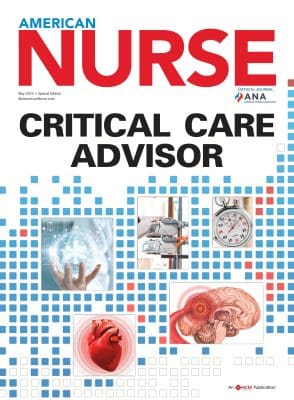Study fails to show benefit of adding vitamin C to treatment of septic shock
A study recently published in the Journal of the American Medial Association aimed to examine if a treatment combination of vitamin C, hydrocortisone, and…


"*" indicates required fields
*By submitting your e-mail, you are opting in to receiving information from Healthcom Media and Affiliates. The details, including your email address/mobile number, may be used to keep you informed about future products and services